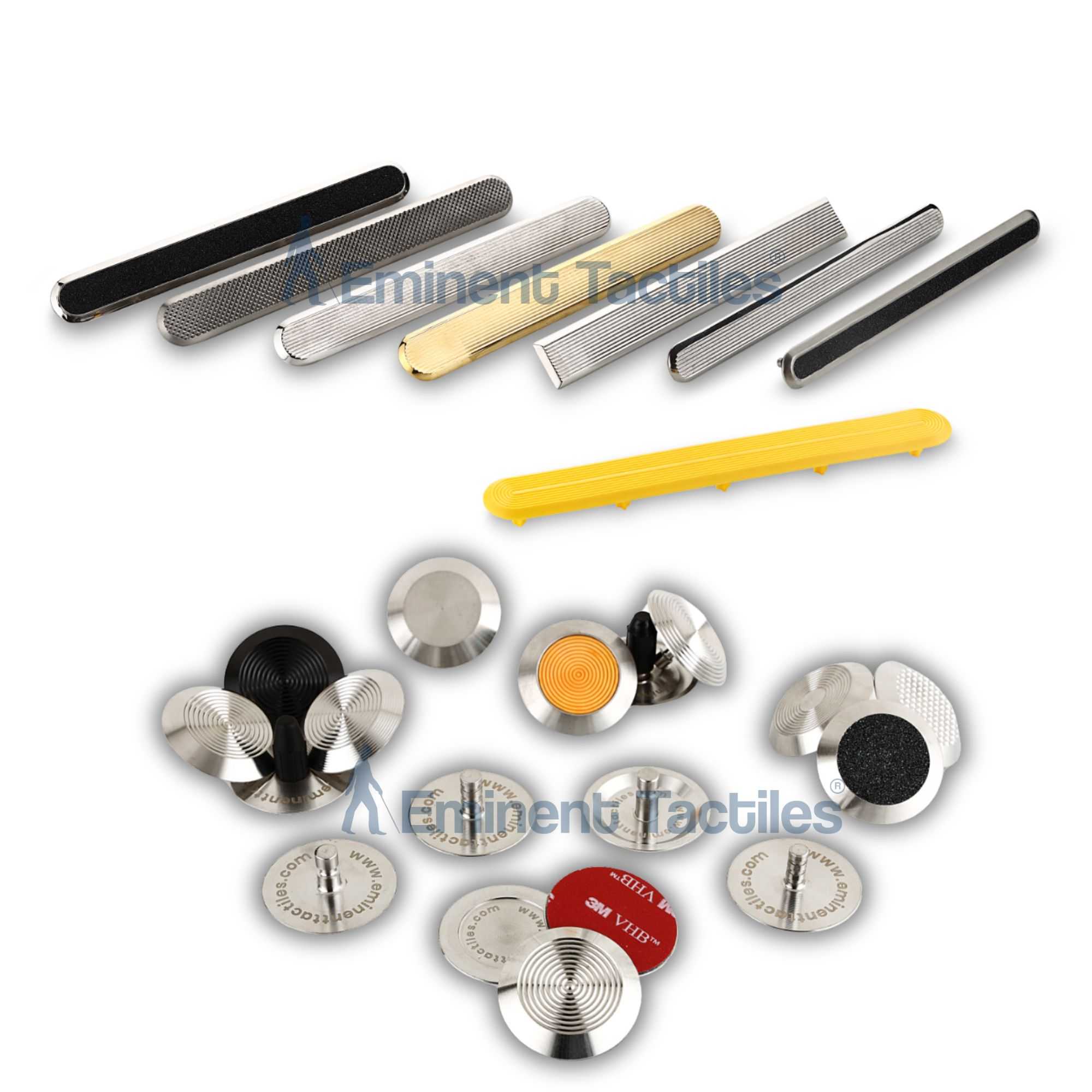What Are Tactile Indicators?
Navigating public spaces safely and independently can be challenging for the visually impaired. That's where tactile indicators come into play. These essential tools help create accessible environments, enabling those with visual impairments to move confidently through various settings.
Understanding Tactile Indicators
Tactile indicators are specialized surface features installed in public and private spaces to assist visually impaired individuals in navigating their surroundings. They are integral to accessibility and are mandated by various safety standards globally to ensure public spaces are inclusive.
Types of Tactile Indicators
Tactile Warning Studs: These small, raised dots are commonly found on subway platforms and sidewalk edges. They warn of impending hazards or changes in pathways, alerting individuals to stop or proceed with caution.
Tactile Directional Strips: Unlike studs, these strips provide directional cues, guiding users along a safe path through open spaces and corridors. Their linear arrangement helps in orienting movement towards destinations like ticket counters or exits.
PU Tactile Indicators: Made from durable polyurethane, PU tactile indicators are versatile and can be customized in various colors to contrast with the surrounding floor material, enhancing visual and tactile differentiation.
Tactile Tiles: These are larger segments of textured ground surface used in extensive areas such as train station platforms and large public squares. They are designed to be felt underfoot or via a cane to provide both directional guidance and hazard warnings.
Materials Used in Tactile Indicators
Materials range from polyurethane and stainless steel to ceramic. Each offers different benefits; for instance, polyurethane is praised for its durability and adaptability in various environments, whereas stainless steel is favored for its strength and resistance to wear.
Installation and Maintenance
Installing tactile indicators involves adhering to strict guidelines to ensure they are placed where they will be most effective. Maintenance is generally straightforward, requiring regular checks to ensure the indicators remain in good condition and continue to provide reliable guidance.
Benefits of Tactile Indicators
The primary benefit of tactile indicators is enhanced mobility for visually impaired individuals, allowing them to navigate more independently and safely. They also help property owners and public entities comply with legal requirements for accessibility.
Read More: https://tactileindicators.in/
